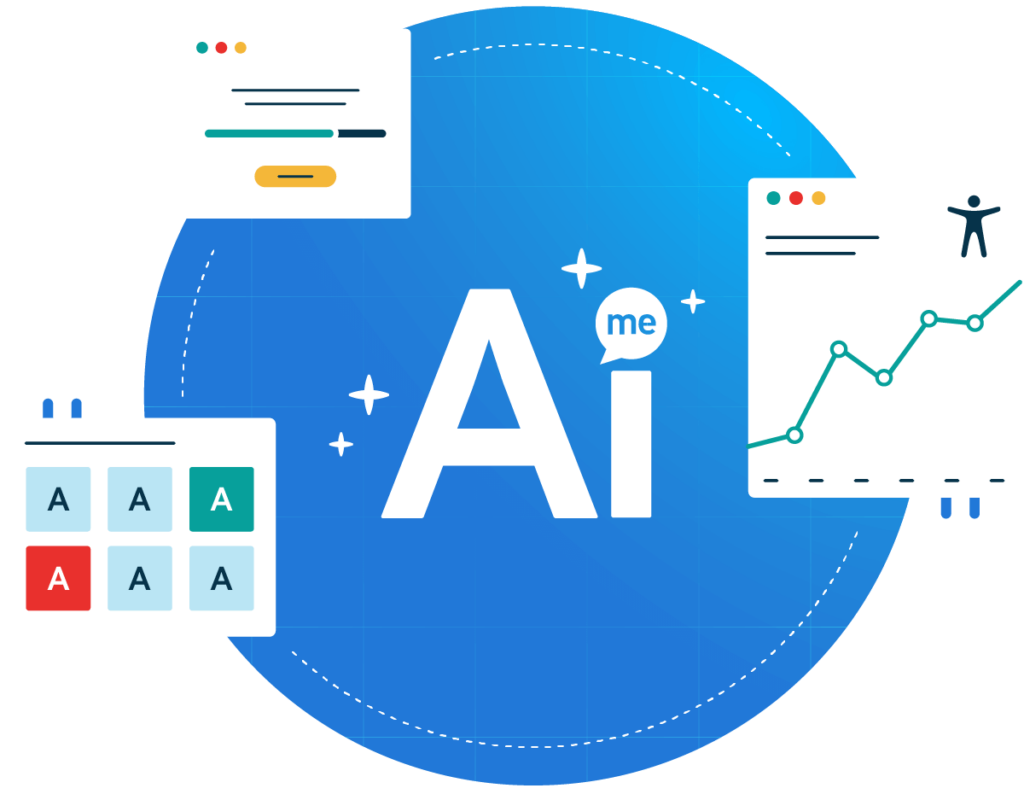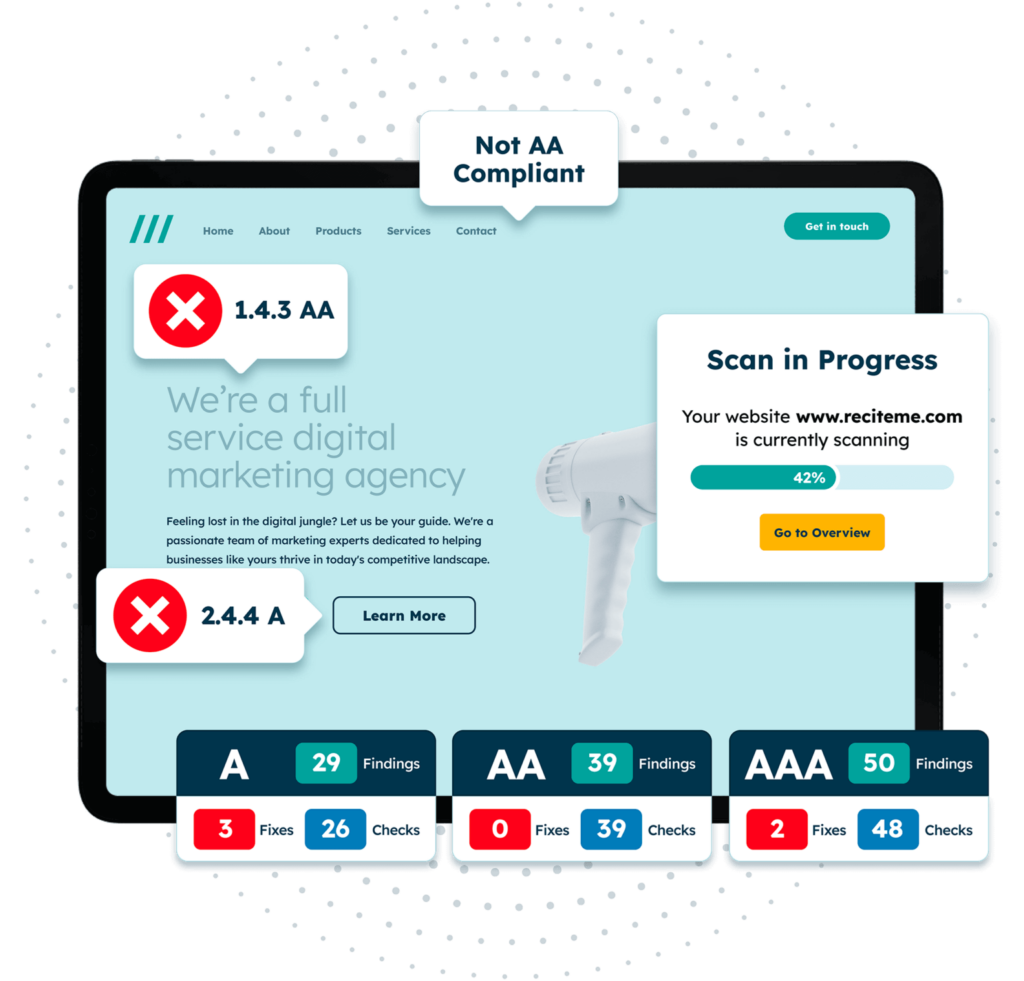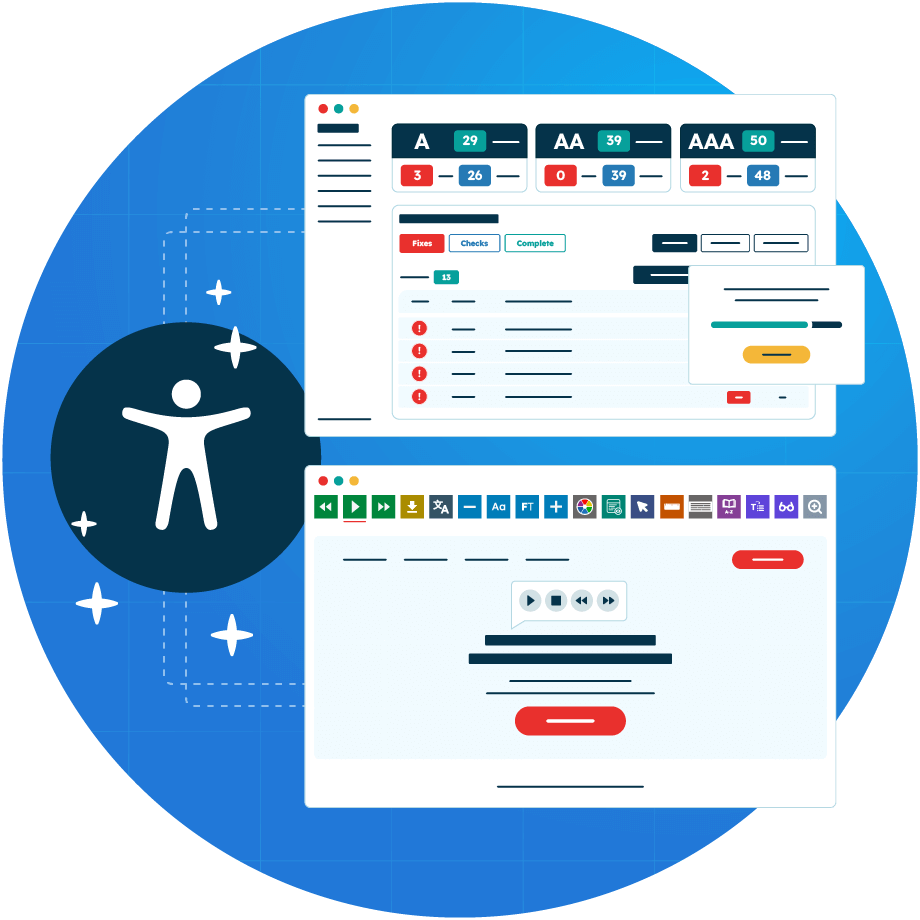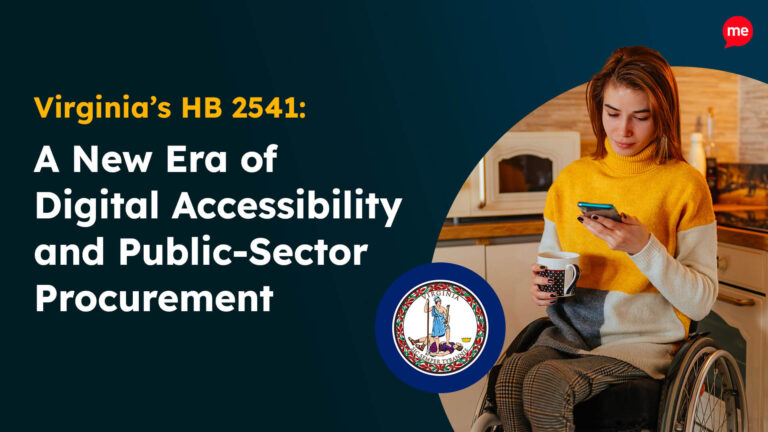Discover AI-Powered Accessibility Solutions for your Website
Learn MoreArtificial Intelligence (AI) is transforming industries, promising breakthroughs in efficiency and problem-solving. However, in the world of digital accessibility, AI has become a contentious topic. While some see it as a tool to advance inclusion, others argue that poorly implemented AI solutions often overpromise, underdeliver, and even worsen usability for those they aim to support.
At Recite Me, we believe in using AI as an enabler, not as a shortcut, and always with transparency and a commitment to ethical practices. This article explores the role of AI in digital accessibility, its limitations, and how Recite Me employs it responsibly to empower organizations and users alike.
What People Think of AI in Accessibility
AI has gained a polarizing reputation in the accessibility community. Many products claim that AI can “automatically make websites accessible” or ensure compliance with standards like WCAG 2.1 and 2.2. These promises have been met with significant skepticism, and for good reason.

Poorly implemented AI often introduces more problems than it solves. For example:
- Error-Prone Results: AI-driven overlays may generate accessibility “fixes” that break user workflows or conflict with assistive technologies like screen readers.
- False Sense of Security: Businesses are led to believe they’ve achieved compliance, but these tools fail to address deeper structural and usability issues.
- Legal Risks: Deceptive claims about AI-driven accessibility have led to lawsuits and fines, as seen in the recent FTC settlement over misleading AI accessibility claims.
It’s clear that the accessibility community is justifiably wary of AI solutions, especially when marketed as quick fixes. As thought leaders in this space, Recite Me takes a different approach, one rooted in honesty, transparency, and a commitment to real impact.
What AI Can and Can’t Do in Accessibility
Currently, AI is not a magic wand for digital accessibility, and it’s important to set realistic expectations about its capabilities:
What AI Can Do
- Identify Accessibility Issues: AI-powered tools like scanners can detect common WCAG violations (e.g., missing alt text, poor contrast ratios) quickly and at scale.
- Provide Temporary Fixes: AI can offer autofixes for certain surface-level issues, such as adding alt text or applying color contrast adjustments.
- Augment Human Efforts: AI can streamline workflows by prioritizing issues and reducing manual effort, allowing human experts to focus on complex challenges.
What AI Can’t Do
- Guarantee Compliance: AI cannot ensure full WCAG or legal compliance because accessibility requires a holistic approach, including design, structure, and user testing.
- Understand Context: AI often misinterprets context, such as improperly adjusting keyboard navigation order, which can make it difficult or impossible for users relying on keyboards to interact with a website effectively.
- Replace Human Oversight: Accessibility is deeply tied to user experience, which requires empathy and human judgment to address.
By acknowledging these limitations, businesses can use AI as a helpful tool without falling into the trap of over-reliance or misrepresentation.
Get a Free AI-Powered Accessibility Audit of your Website
Get a free AI-powered accessibility audit to identify WCAG compliance issues on your website. Improve accessibility, enhance user experience, and avoid legal risks with instant, actionable insights.

AI and Compliance: The Risks of Overpromising
One of the most harmful myths in accessibility today is the idea that AI alone can make a website fully compliant with WCAG standards or international regulations. This misconception has led to significant backlash in the accessibility community, as well as legal consequences for companies that make such claims.
For example, AI autofix tools may correct superficial issues, but they cannot resolve deeper usability problems, such as poor navigation structure or inaccessible interactive elements.
At Recite Me, we advocate for transparency. AI can be a valuable tool for progress, but it should never be positioned as a replacement for proper accessibility practices, including manual audits, user testing, and permanent remediation.
How Recite Me Uses AI Responsibly
At Recite Me, we’re excited by the possibilities of AI, but we approach it with caution and integrity. Our philosophy is simple: AI should enhance accessibility, not create false promises or harm users.
Empowering Users with Assistive Tools
Our Assistive Toolbar, a separate product, is built to WCAG 2.2 standards and focuses on empowering users to personalize their browsing experience. Unlike AI-driven overlays, the toolbar is designed to complement existing accessibility practices rather than attempting to “fix” a website.
You can learn more about AI-Powered user experience here.

AI-powered Accessibility Checker
Our Accessibility Checker uses AI to identify and prioritize accessibility barriers, providing actionable recommendations that help organizations move toward compliance.
While it includes an AI-powered autofix feature for temporary improvements, we emphasize that this is a short-term solution, that is not substitutable for thorough, code-level remediation. The autofix functionality is designed to instantly boost your website’s inclusivity while permanent fixes are planned and implemented.
You can learn more about AI-powered accessibility compliance here.
The Future of AI in Accessibility
AI has the potential to drive innovation in accessibility, but its future depends on ethical implementation and ongoing refinement. At Recite Me, we see AI as part of a larger ecosystem of solutions, including human expertize, user-centered design, and policy development.
The next frontier for AI in accessibility lies in:
- Contextual Understanding: Developing smarter algorithms that better understand user intent and context.
- Built with Accessibility in Mind: Integrating AI tools earlier in the development process to prevent accessibility issues before they arise.
- Human-AI Collaboration: Combining AI’s speed with the nuanced judgment of accessibility professionals.
As AI evolves, we remain committed to ensuring its development benefits the people who need it most.
How to Use AI Correctly in Accessibility
For organizations exploring AI as part of their accessibility strategy, here are some best practices:
- Set Realistic Expectations: Use AI as a tool to support accessibility, not as a one-stop solution.
- Combine AI with Human Oversight: Pair AI tools with manual audits and user testing to ensure meaningful outcomes.
- Focus on Holistic Accessibility: Remember that true accessibility involves more than technical fixes. It’s about user experience, design, and inclusivity.
- Be Transparent: Clearly communicate what your AI tools can and cannot do to build trust and credibility with your audience.
AI holds great promise for advancing digital accessibility, but its implementation must be thoughtful, ethical, and transparent. At Recite Me, we embrace AI as a tool to support, not to replace accessibility best practices.
Our approach ensures that technology is used to empower users, enhance compliance efforts, and drive meaningful progress toward a more inclusive digital world.
By combining innovation with integrity, we’re not just leveraging AI for accessibility, we’re helping to shape the future of how it’s done right.



